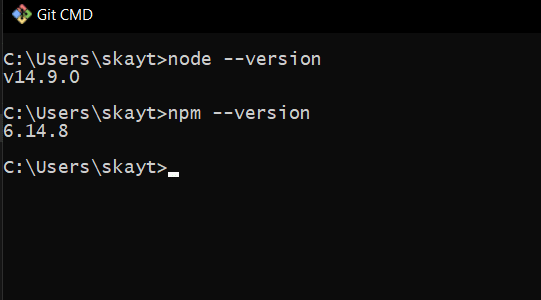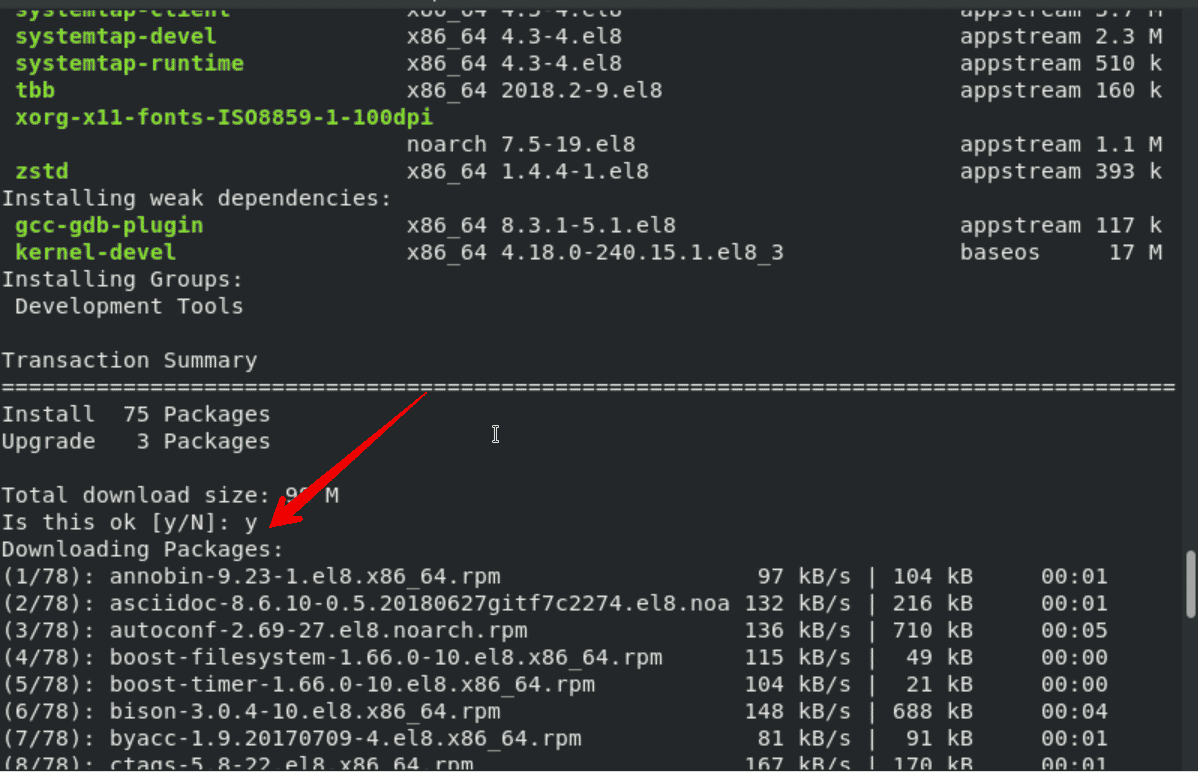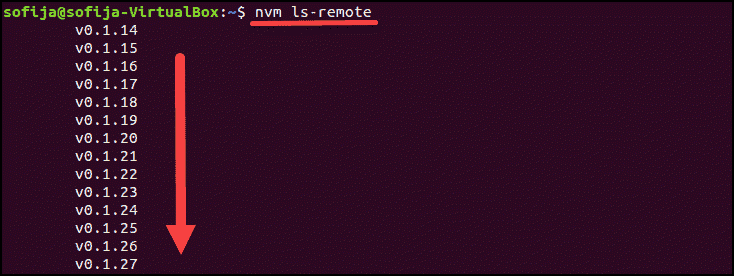

- Nvm install node version 8 update#
- Nvm install node version 8 upgrade#
- Nvm install node version 8 windows#
To remove node.js 5.9.0 from your account, type: nvm uninstall 5.9.0 Conclusion Just make sure the version you are removing is not currently active version.

You can remove any unused version by running the following command.

To list all the available version’s for the installation on your system.List all the installed node versions for the current user nvm ls.Here is some frequently used commands with nvm: You can also use lts/dubnium, lts/carbon etc to install other nodejs LTS versions. nvm install node # Install latest stable version nvm install lts/* # Install latest lts version It also provided alias for the latest stable node version, LTS version and other previous LTS version. Here you change 12.19.0 with your required version like 11.15.0, 10.11.0, etc. Then, install the required node version using the following command.

Execute below command to view a list of available node versions. Nvm allows to install multiple node versions on a single system or the logged in user. You need to load this environment to set required configuration by running the following command: source ~/.bashrc Installing Node with NVM Where nvm keeps own binary file and all other required files. Use the following commands to install curl on your system, then run the nvm installer script. Open a terminal on your system or connect a remote system using SSH. nvm directory under user home directory and keep everythink inside itĪ shell script is available for the installation of nvm on the CentOS 8 or RHEL 8 Linux system. The node installed using nvm is for specific user.It allowed users to install any specific node version instead of latest version.Also switch node version any time with single command Use nvm to install multiple node versions on single system.Node Version Manager has multiple benefits, Like: Sometimes you required to deploy multiple node application with different-2 versions. You will need to set up the PATH environment variable in your terminal to have access to Yarn’s binaries globally.Īdd set PATH=%PATH% C:\.yarn\bin to your shell environment.NVM stands for Node Version Manager is a command-line utility for managing Node versions.
Nvm install node version 8 windows#
To do this, add export PATH="$PATH:`yarn global bin`" to your profile, or if you use Fish shell, simply run the command set -U fish_user_paths (yarn global bin) $fish_user_paths Windows To have access to Yarn’s executables globally, you will need to set up the PATH environment variable in your terminal. # Look for "Good signature from 'Yarn Packaging'" in the output Path Setup Unix/Linux/macOS
Nvm install node version 8 upgrade#
To upgrade Yarn, you can do so with Homebrew. Yarn will warn you if a new version is available. To do this, add export PATH="$PATH:`yarn global bin`" to your profile, or if you use Fish shell, simply run the command set -U fish_user_paths (yarn global bin) $fish_user_paths Upgrade Yarn # Look for "Good signature from 'Yarn Packaging'" in the output Path Setup node: this installs the latest version of node iojs: this installs the latest version of io.js stable: this alias is deprecated, and only truly applies to node v0.12 and earlier. To do this, add export PATH="$PATH:`yarn global bin`" to your profile, or if you use Fish shell, simply run the command set -U fish_user_paths (yarn global bin) $fish_user_paths In place of a version pointer like '14.7' or '16.3' or '12.22.1', you can use the following special default aliases with nvm install, nvm use, nvm run, nvm exec, nvm which, etc. In the terminal, log in and log out for the changes to take effect.Add this to your profile: export PATH="$PATH:/opt/yarn-/bin" (the path may vary depending on where you extracted Yarn to).If Yarn is not found in your PATH, follow these steps to add it and allow it to be run from anywhere. This will point yarn to whatever version of node you decide to use. A workaround for this is to add an alias in your. Note: Due to the use of nodejs instead of node name in some distros, yarn might complain about node not being installed.
Nvm install node version 8 update#
Sudo apt update & sudo apt install -no-install-recommends yarn


 0 kommentar(er)
0 kommentar(er)
